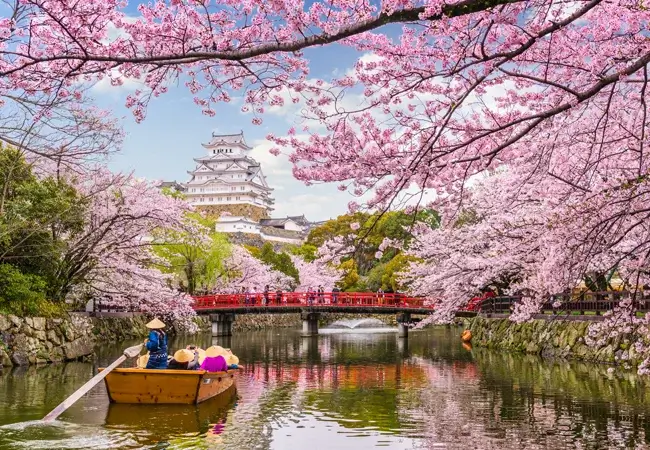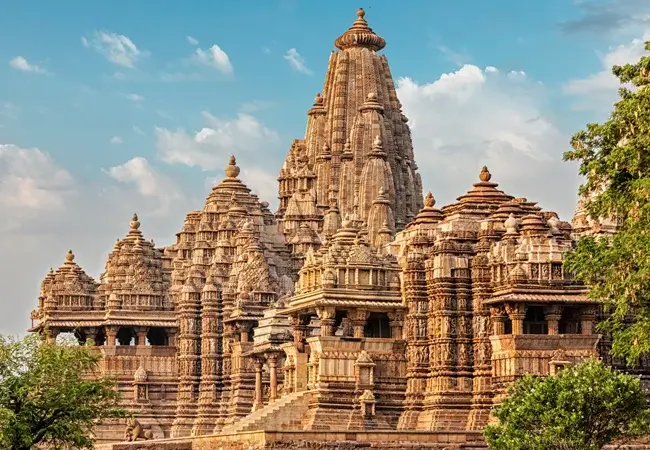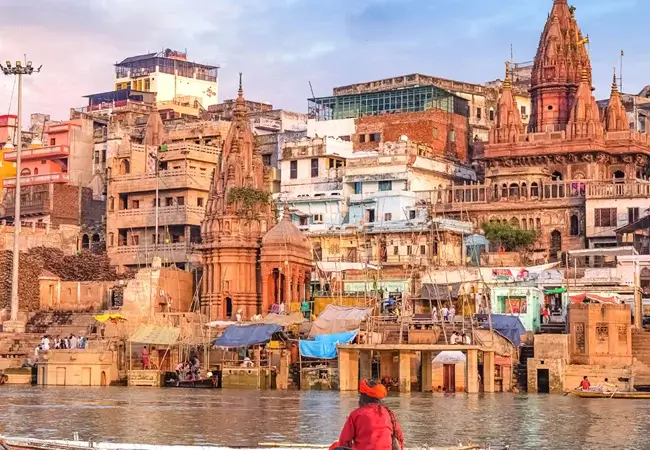Tamil Nadu is situated in the extreme south of the continent and remains bounded by the Indian Ocean in the east and south, Kerala in the west, Karnataka in the northwest, and Andhra Pradesh in the north. This region represents the Tamil language-speaking area of what was formerly the Madras Presidency of British India. The people of Tamil Nadu share great pride in their culture and language because they have resisted attempts made by the central government to make (an Indo-Aryan language) the sole national language.
The culture of Tamil Nadu is heavily influenced by Hinduism which forms the core of the Tamil Nadu culture. Moreover, this state houses the most famous temples in India and the 7th and 8th-century structures at Mamallapuram (designated a UNESCO World Heritage Site in the year 1984). Moreover, Tamil Nadu has always been famous worldwide for the presence of a wide number of temples and the cycle of temple festivals attracts a large congregation of devotees. The car festivals, during which large chariots decorated with religious icons are taken in procession around the temple, are also celebrated here with huge grandeur.
Occupying the southern bank of the Vaigai River flowing through the heart of the city of Madurai, the Meenakshi temple is dedicated to the goddess Meenakshi, a form of Shakti and her consort Lord Shiva. This temple has also been mentioned in the Tamil Sangam literature, with the goddess temple mentioned in 6th century-CE texts. It was constructed during the rule of Pandayan Emperor Sadatavarman Kulasekaran I (1190-1205 CE). He is credited with building the main portions of the three-storeyed Gopuram at the entrance of Sundareshwar Shrine and the central portion of the Goddess Meenakshi Shrine as some of the earliest surviving parts of the temple.
Interestingly, this temple tends to attract a lot of devotees during the annual 10-day Meenakshi Tirukalyanam festival and a Ratha (chariot) procession during the Tamil month of Chittirai (overlaps with April-May in the Georgian calendar, Chaitra in north India). It has also bagged the title of best “Swacch Iconic Place” in India as of 1st October 2017 under Swacch Bharat Abhiyan.
The Arulmigu Meenakshi Sundareshwarar Temple is a theologically and culturally significant temple for people who follow Hinduism. This temple holds great significance for implying a protective relationship between Shaivism and Vaishnavism traditions of Hinduism, by making Shiva the husband of Meenakshi, and Vishnu her brother (an important relationship in the Dravidian kinship system). Goddess Meenakshi herself is considered to be a central part of the Shaktism tradition and is represented as the dominant figure of the pair in this temple. Hence, this temple believes in celebrating all three of its major traditions that glorify the Indian religion and culture to a great extent.

Also known as Aralmigu Subramaniya Swamy Temple, it is an ancient temple dedicated to the god Murugan (also known as Kartikeya and Subramaniya Swamy). It is located at the heart of Thiruparankundram, Tamil Nadu and is considered to be one of the “six Abodes of Murugan”. This temple was constructed in rock-cut architecture and believed to have been built by the Pandyas during the 6th century. According to popular belief, this is the region where Murugan slayed the demon Surapadman and married Deivayanai, the daughter of the king of heaven, Indra. Besides, Murugan is said to have worshipped his father Lord Shiva here as Parangirinathar. Apart from Murugan, the deities such as Shiva, Vishnu, Ganesha and Durga are also worshipped within the main shrine.

It is a 17th-century palace constructed under the supervision of the then King Tirumala Nayaka, a king of Madurai’s Nayaka dynasty who ruled this region from 1623 to 1659. The palace was constructed by deriving inspirations from both Italian and Rajput styles, thereby creating a perfect fusion. The present-day building was once upon a time the main palace where the King used to reside. However, the originally-built palace was four times bigger as compared to the present structure. It is situated at a distance of 2 km from the Arulmigu Meenakshi Sundareshwarar Temple.
After India attained independence, this palace was declared a national monument. As a result, it is now receiving protection from the Tamil Nadu Archeological Department. the palace is well equipped to perform light and sound shows depicting the story of Silappathikaram both in Tamil and English languages. Also, the palace is a ticketed monument open from 10 am to 1 pm and 2 pm to 5:30 pm.

This temple was constructed by keeping in mind the Dravidian style of architecture and is dedicated to Lord Vishnu. Moreover, it is one of the 108 Divya Desams dedicated to Lord Vishnu, who is worshipped as Viyooga Sundarrajan and his consort Lakshmi as Mathuravalli. Some of the other famous temples of Madurai are as follows:
- Azhagar Kovil Temple
- Shri Solaimalai Murugan Temple
- Sri Mavoothu Velappar Temple
- Narasingam Yoga Narasimha Perumal Temple
- Tirupparam Kunram Murugan Temple
- Sri Sri Radha Mathurapati Temple

This temple is situated just a distance of 21 km away from Madurai and is considered to be one of the most prominent temples occupying the foothills of Alagar hills. Besides having high religious importance, this temple is also known to present captivating architecture. The natural setting that surrounds the temple adds to its charm and makes it much more enchanting. Basically, this temple is dedicated to Lord Vishnu and is popular for its intricate sculpting and mandapams. Alagar Hills also have great importance from a religious point of view and is called Alagar because Lord Thirumal is known by the name of Alagar here. The main deity of this temple is Lord Paramaswamy.
The ideal time to visit Madurai is from December to February because, during this time of the year, the climate remains comparatively pleasant as the temperature ranges between 20 and 29 degree Celsius.














